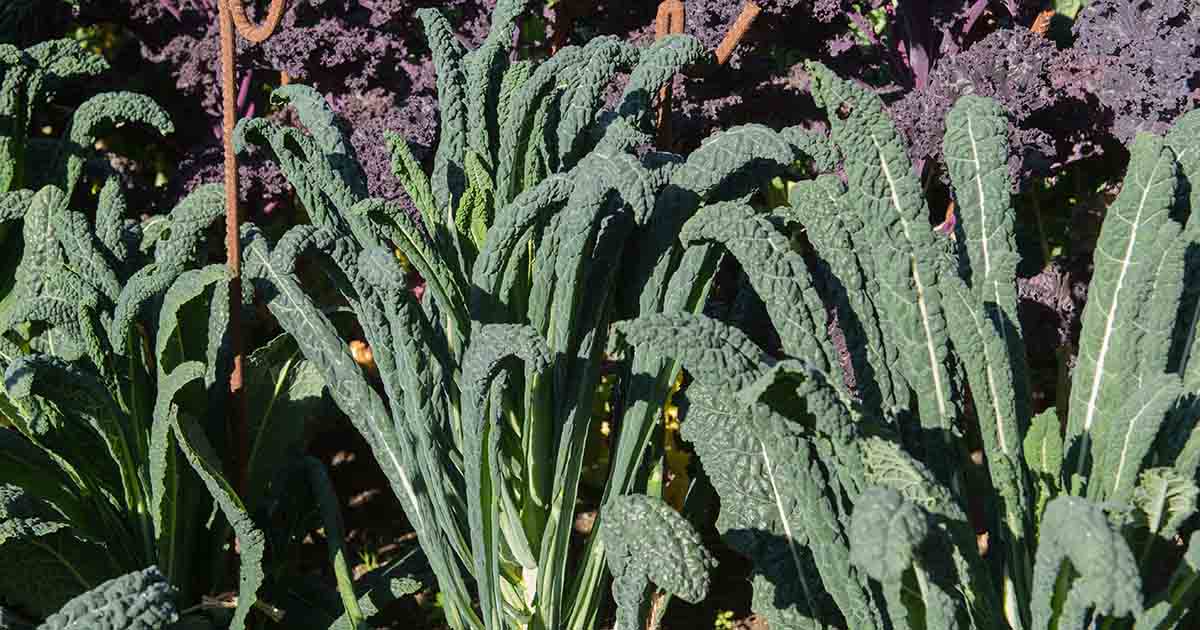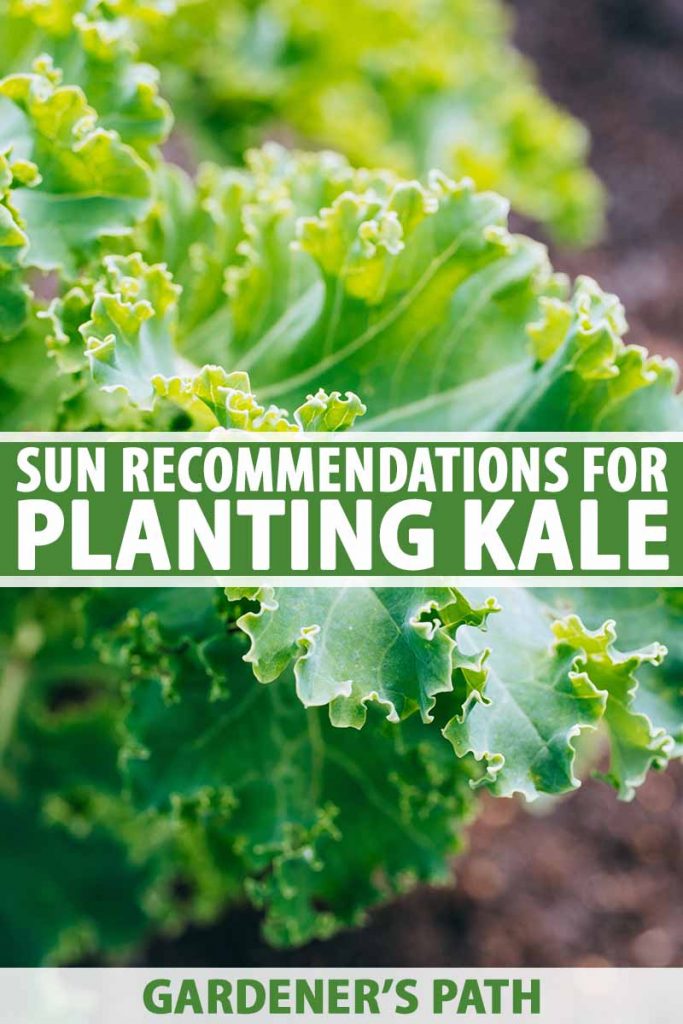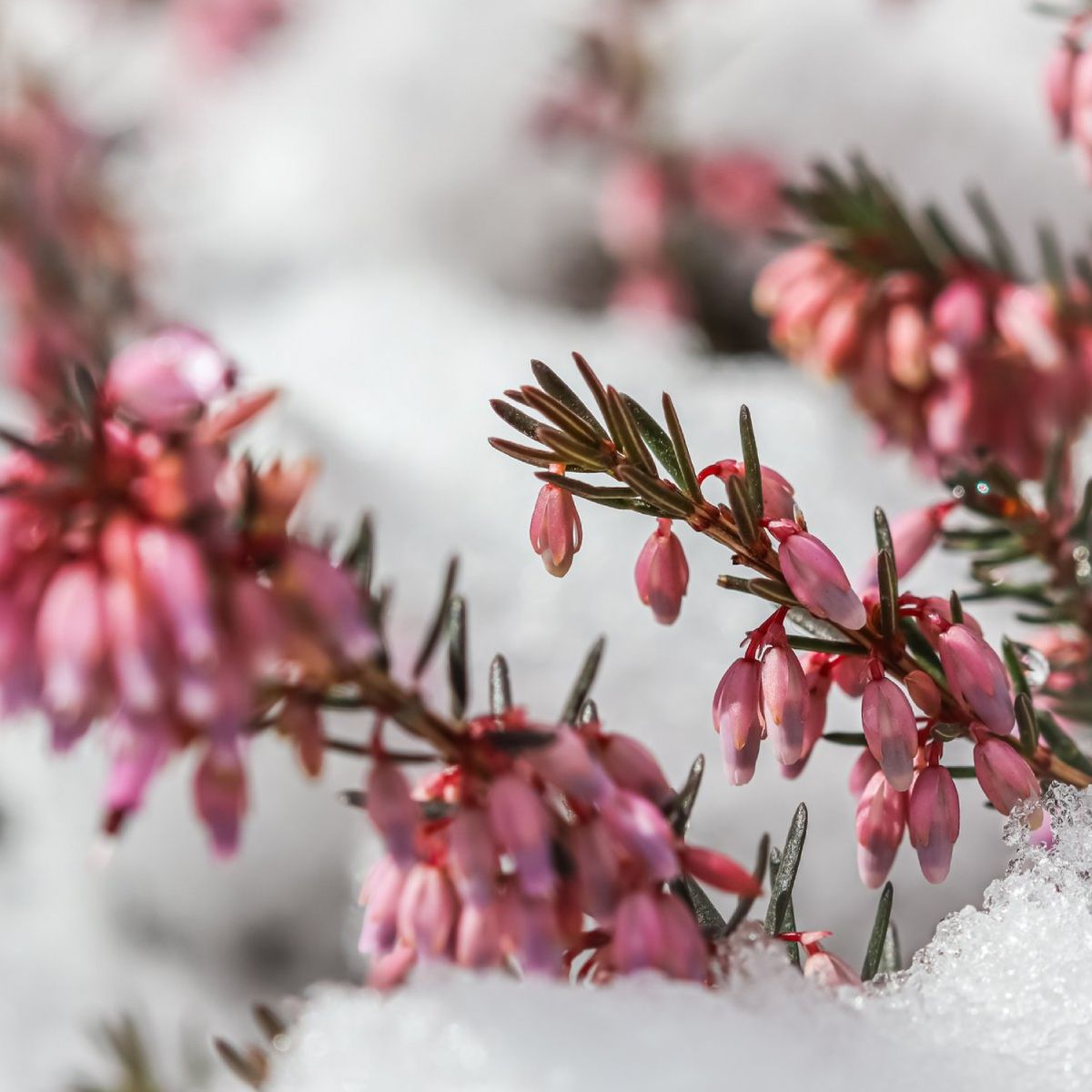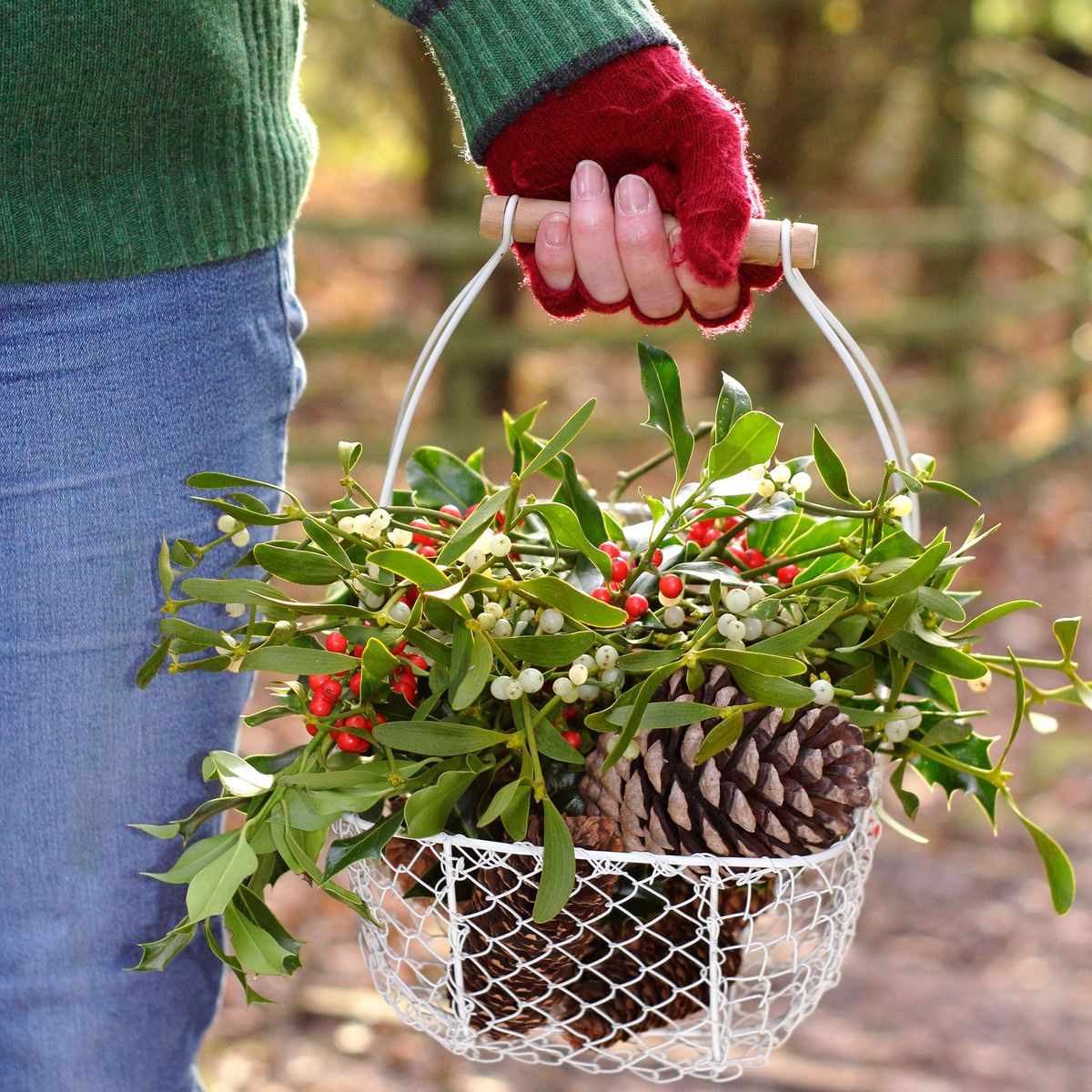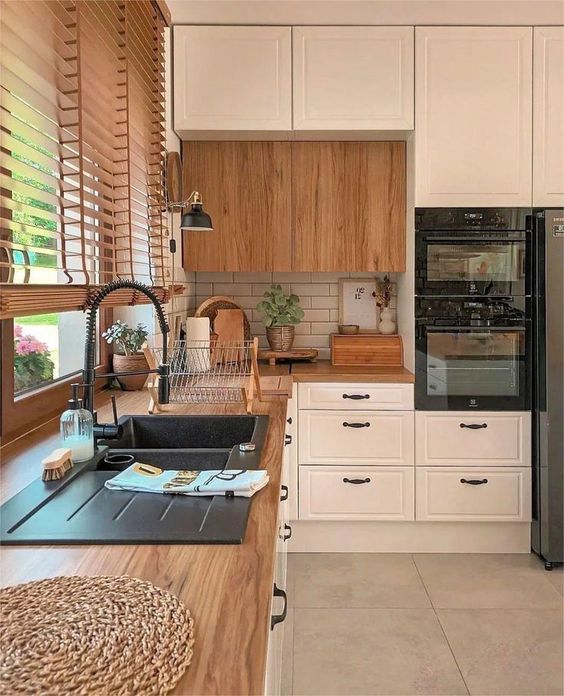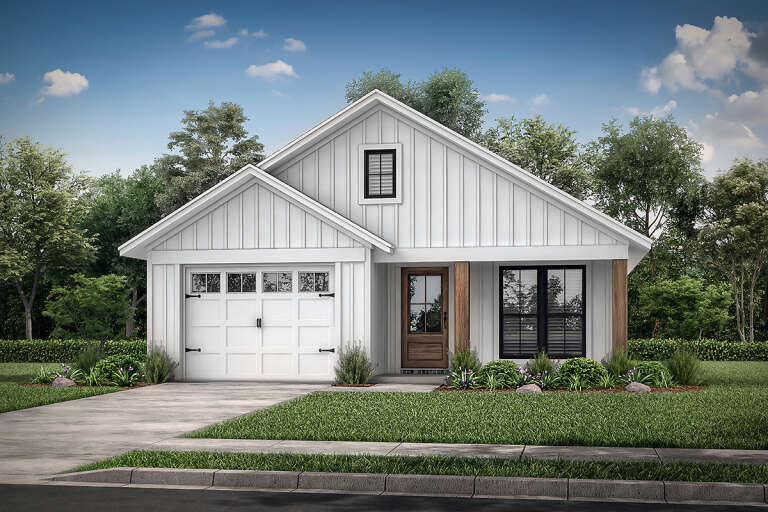Kale is really a must for the backyard vegetable garden. Growing this veggie at home makes it easy to have a nutrient-dense green on hand, right outside your back door.
To make sure you have a steady supply of this cruciferous vegetable, you’ll want to grow it in the best conditions – which, of course, includes knowing how much sun to provide it with.
As with most of the important questions in life, this one doesn’t have an easy answer. How much sun this member of the Brassicaceae family will need will depend on your growing conditions. If you’re new to growing kale, check out our full growing guide.
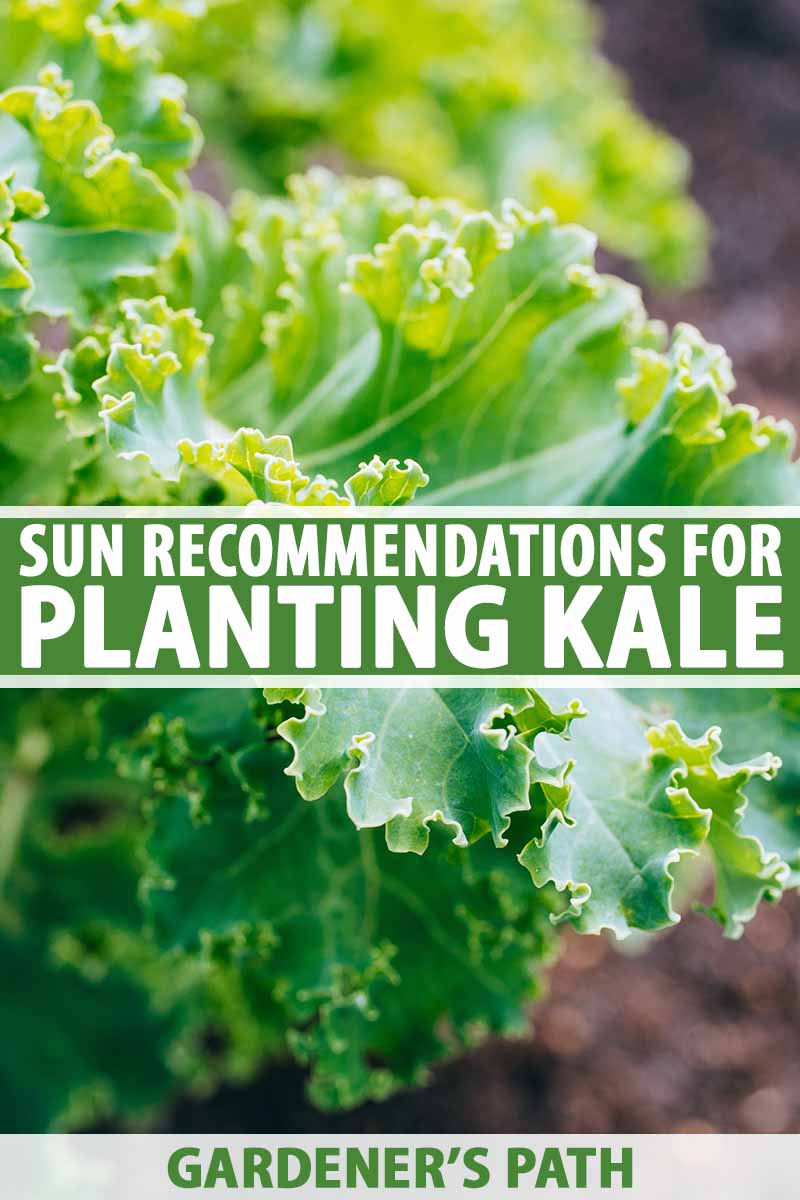
We link to vendors to help you find relevant products. If you buy from one of our links, we may earn a commission.
So, I’ll offer you sun recommendations for various different situations, and your efforts to grow this superfood at home should be met with success.
Here’s what I’ll cover:
Your Cool Weather Cole Crop
Kale, Brassica oleracea var. acephala, is a cool weather plant – it grows best and will produce plenty of fresh green leaves when the temperature is under 75°F.
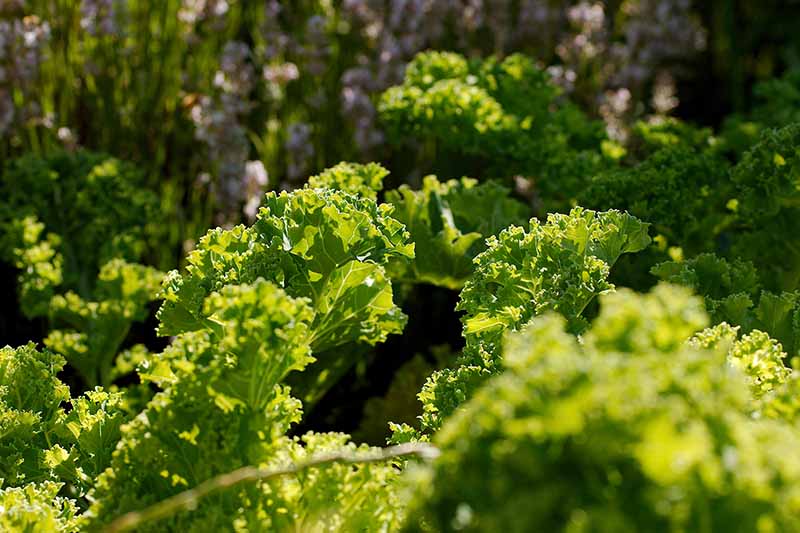
Due to these requirements, it is typically grown in spring or fall throughout all USDA Hardiness Zones. In Zones 7-10, it will even continue growing through the winter.
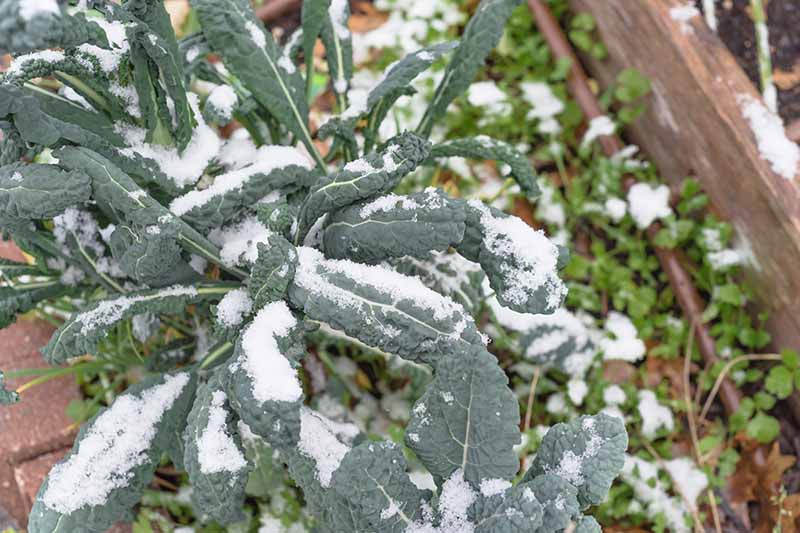
When grown for a spring or fall harvest, this veggie should be placed in a full sun location. This will give it the environment it needs to produce an abundance of leaves.
You can plant it in partial shade during spring and fall, but it will likely produce smaller yields. This may be preferable if you live in a climate with hot spring or fall temperatures.
However, you might want to sacrifice some of your spring growth if you want to harvest these leafy greens during the summer months.
The Situation with Summer
Remember, this veggie is not a summer crop by nature – unless you live somewhere with relatively cool summers that stay at or around 75°F.
If that happens to be your situation, as it is for many folks living in the Pacific Northwest, go ahead and place your plants in full sun and they will happily produce leafy greens for you from spring all the way through to fall.
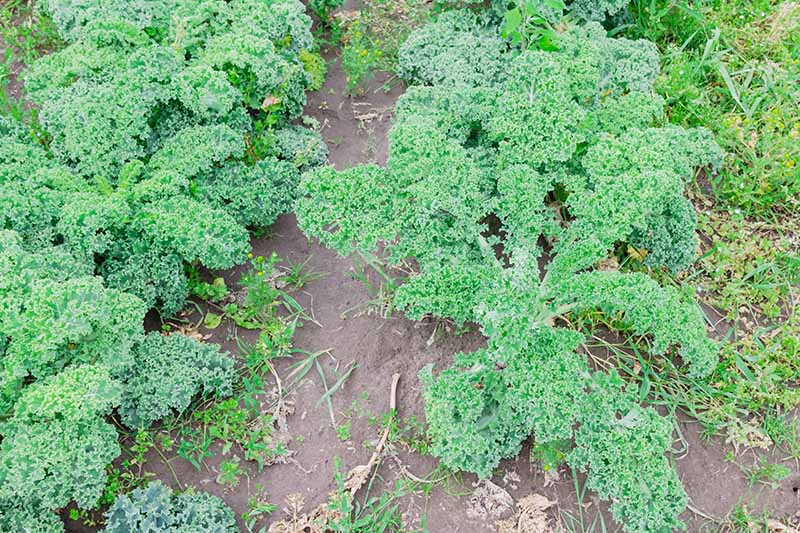
On the other hand, if the idea of such cool summer temperatures sounds like a wild fantasy to you, you probably live somewhere where days with highs around 100°F aren’t uncommon, like I do.
How do you keep your cool-weather plants happy when the mercury is susceptible to rising into the triple digits?
In this situation, you’ll need to plant them in part shade.
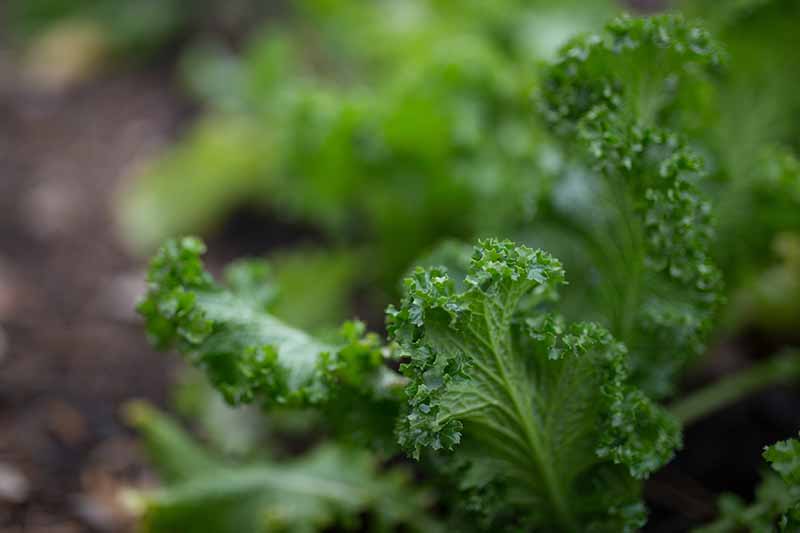
When I lived in North Carolina, I had a dozen raised beds in my small backyard that all received some shade during the hottest months – thanks to a couple of regal, fully grown willow oak and black walnut trees.
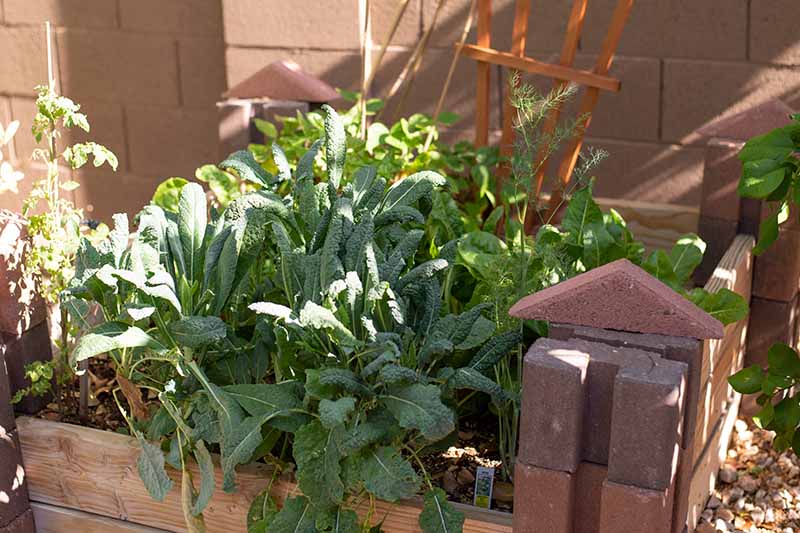
Planted throughout my raised beds, my kale thrived all summer long, with the shade from those well-established trees offering them just enough relief from the midsummer heat.
A Multi-Season Solution
One of the reasons growing kale in part shade worked well for me in Zone 7b was that in spring, those big oak and walnut trees hadn’t leafed out yet, allowing my plants to get more sun.
My plants were already nicely established by the time summer rolled around, and the trees provided them with some much needed shade from the summer heat.
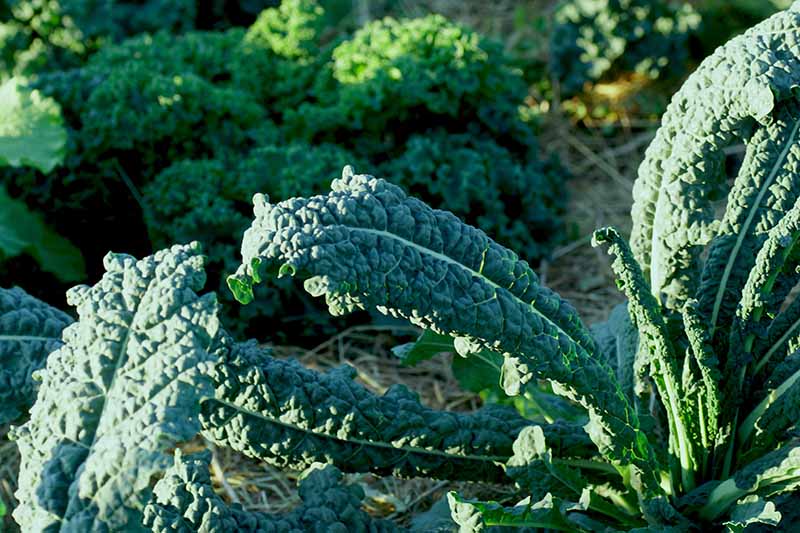
This is the strategy I still adopt in order to harvest my favorite leafy greens in spring and summer – I plant them in a spot that receives full sun in spring, and partial shade in summer.
You may have a spot like this in your own garden. If so, you may want to give this method a try.
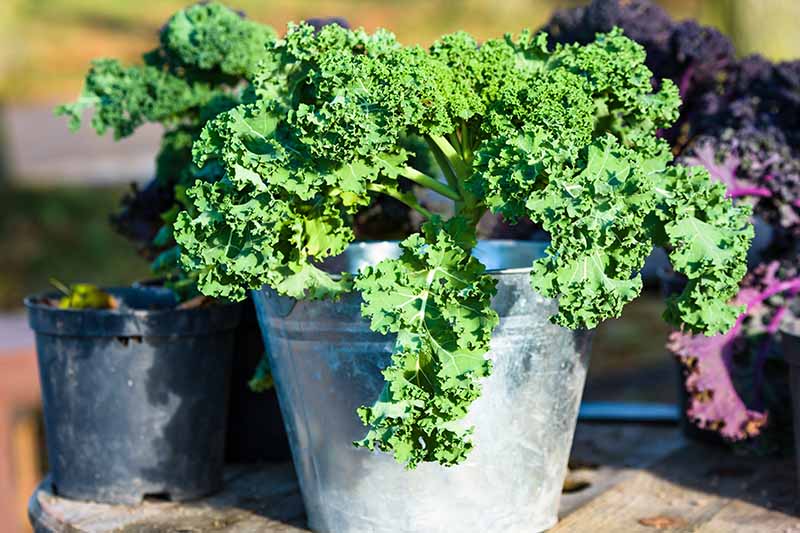
Or, you might try growing these leafy vegetables in containers.
Place the containers in a full sun location in spring, and then move them to part shade when the summer sun – and heat – reaches a peak.
If you’re growing for a fall harvest, start your containers in partial shade and move to full sun when autumn weather arrives.
Just make sure to keep them well watered, since plants dry out more quickly in containers.
Fifty Shades of Kale
Yes, there may just be fifty ways to shade your kale. My favorite way to grow it is the multi-season solution, so I can harvest it from spring through fall.
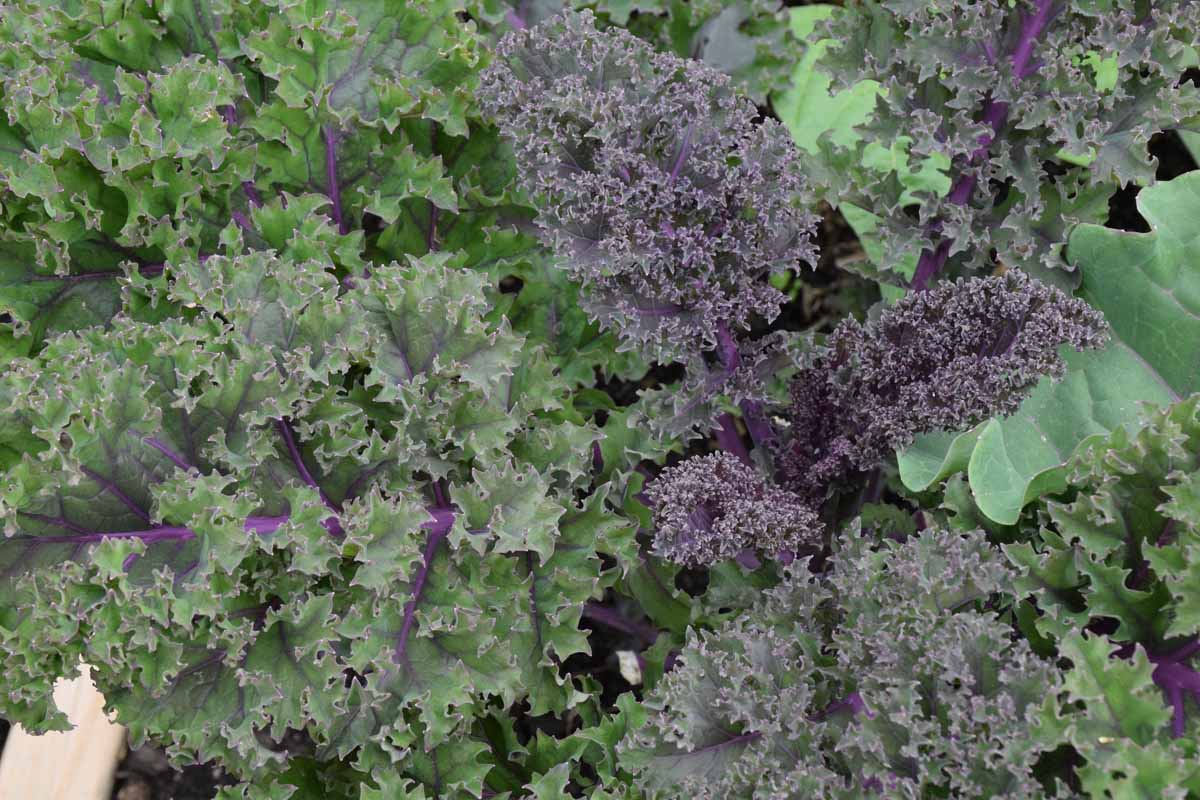
What do you think, are you ready to give this method a try? Or will you just plant your leafy greens in full sun and enjoy them during the cool seasons? Let us know in the comments.
And while you have your mind on kale, I highly recommend these other articles – I consider them required reading for successful gardening of this brassica!

